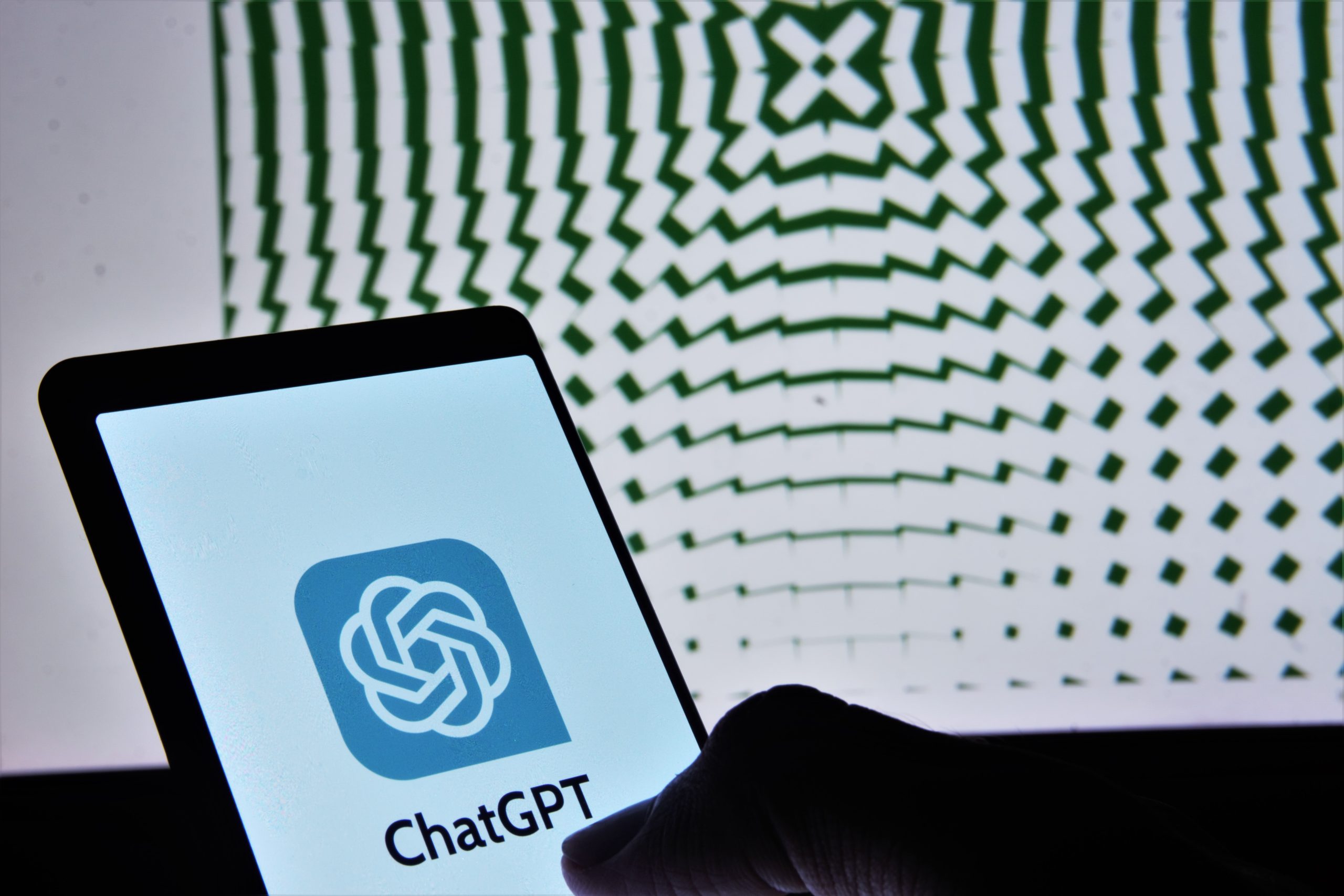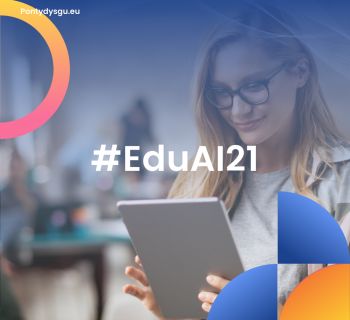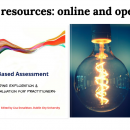
At Pontydysgu we've been messing with QR codes in education for quite a few years. Working on a youth project we developed Learning Trains with QR codes at different points on the trail providing access to information, challenges and questions about what people were seeing at that particular point. We even developed a customised APP for both adding new challenges and for users accessing the trail. It’s been pretty successful and widely used by school groups as well as to give young people something to do on a boring Saturday afternoon. And working with a German Construction Industry Training centre we experimented with adding QR codes to construction machinery proving information especially around operating Procedures and faults.
In both these cases we have been aiming to provide opportunities for learning outside the formal classroom or training session. And especially we have been aiming to provide contextualised learning where the learning takes place in the first case the local community and environment and in the second the work based activity.
Does AI offer the opportunity to do further with contextualised learning? Donald Clark things it does. In a Blog Post - AI is now opening its eyes, like Frankenstein awakening to the world - he talks about Google’s integration of Google Lens into their Bard Chatbot. This means Generative AI models are no longer reliant on text prompts for instructions and actions. “Learning in the workplace is a contextualised event”, he says. ”AI can provide support and learning relevant to actual workplaces, airplanes, hospital wards, retail outlets, factories, alongside machines, in vehicles and offices - the actual places where work takes place - not abstract classrooms.”
In the workplace, learning at the point of need for performance support can now see the machine, vehicle, place or object that is the subject of your need. Problems and needs are situated and so performance support, providing support at that moment of need, as pioneered by the likes of Bob Mosher and Alfred Remmits, can be contextualised. Workplace learning has long sought to solve this problem of context. We may well be moving towards solving this problem.
Bob Masher, in an interview with Jo Butts on the Xpritise website, points to teh failure of much of the learning taking place in organisations today. “That's because they focus on learning in the sense of knowledge acquisition, rather than learning that supports the performance of employees in their flow of work. That’s what organizations should be focusing on”, he says.
He promotes the 70:20:10 model, saying most of the learning takes place by employees where they do their work. And employees need extra support in the But present training models and solutions “don’t really fit into the 70, but still linger in the 10. Extra support in the form of coaching or mentoring, there’s the 20. Stretched assignments and moments of reflection, somewhat below what’s needed in the 70. Both valid activities, but too limited to support employees while they do their work.”
Masher promotes the use of a system called AskDephi which he says is “structured to support the tasks in a work process, relevant to a person’s role. The visual process map provides the contextual entry point for the knowledge and information necessary for that task. As an open technology, AskDelphi becomes the connector providing structured contextual access to other content held within the organization such as in SharePoint or an LMS, or even external to the organization.”
Through recognising the context in which work is taking place, Donald Clark believes AI can provide the structured support people need in their employment role and thus extend and modernise vocational education and training and workplace learning.








